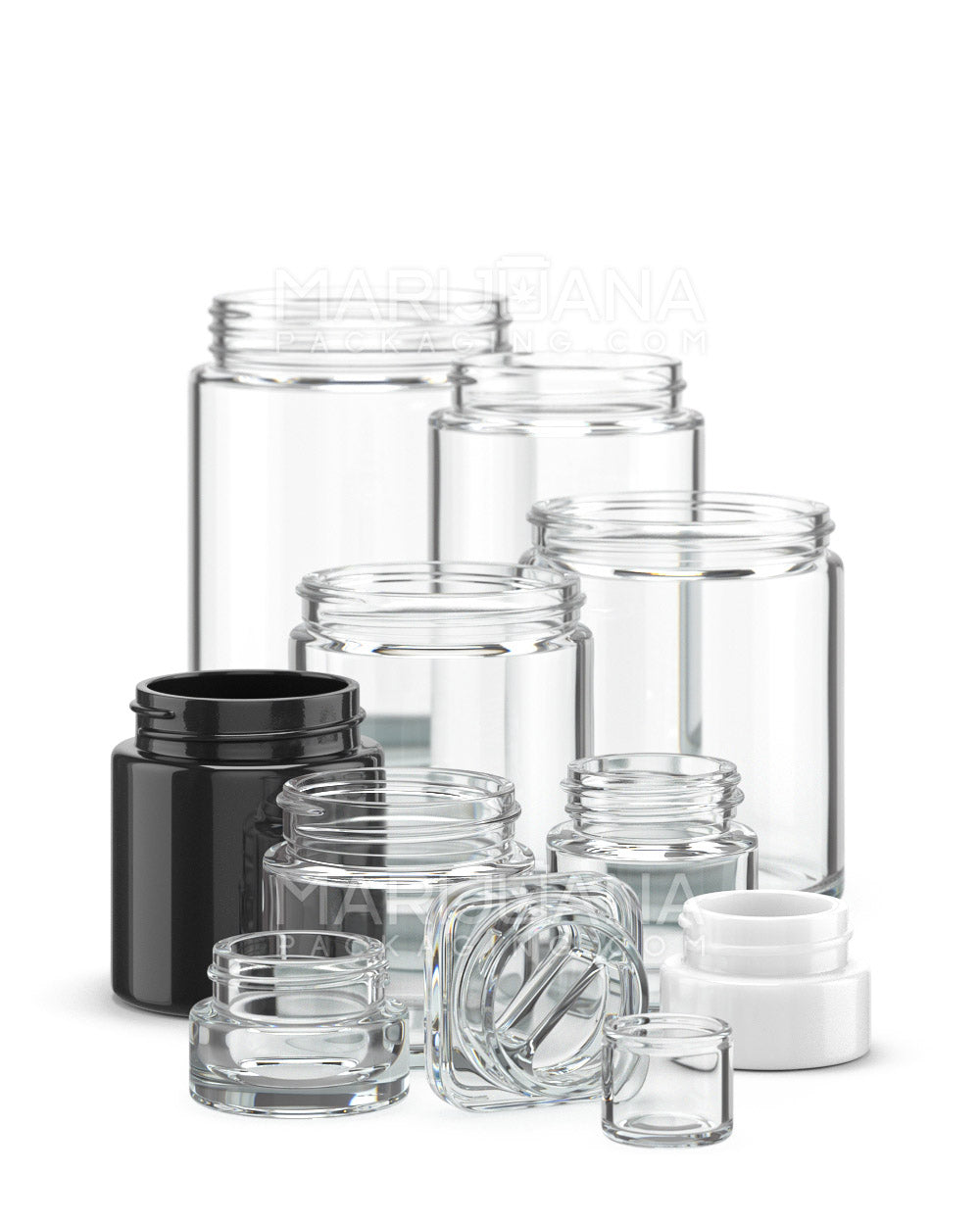Growing marijuana at home can be an exciting and rewarding hobby, but before you dive into cultivating your own plants, it’s crucial to understand the legal landscape surrounding home cultivation. One of the most common questions that arises is, “How many marijuana plants am I allowed to grow at home?”
In this article, we’ll break down the rules and regulations governing home cultivation across different states in the U.S. You’ll learn about the federal stance, state-specific laws, and practical tips to ensure you stay compliant while nurturing your green thumb.
Federal Restrictions on Marijuana Cultivation
First things first, let's address the elephant in the room: federal law. As of now, marijuana remains illegal at the federal level in the United States. The federal government classifies marijuana as a Schedule I controlled substance, which means it's considered illegal to cultivate, possess, or distribute under federal law.
However, the good news is that the federal government has largely taken a hands-off approach when it comes to states that have legalized marijuana for medical or recreational use. This means that while federal law prohibits marijuana cultivation, in practice, individuals in states where it's legal are generally not targeted for home growing, provided they comply with state laws.
State Laws: A Patchwork of Regulations
The real action happens at the state level, where laws regarding home cultivation of marijuana vary significantly. Some states are more lenient, allowing residents to grow a handful of plants, while others have stricter limitations or outright bans.
Here are a few examples to illustrate the diversity of state laws:
- California: Adult residents over 21 can grow up to six plants per household, regardless of the number of people living there.
- Colorado: Residents can cultivate up to six plants per person, with a maximum of 12 plants per household.
- Oregon: Allows up to four plants per household for recreational use, but medical patients may grow more.
- Washington: Generally prohibits home cultivation for recreational use, but medical patients may grow up to six plants.
It's essential to research and understand the specific laws in your state, as breaking them can lead to fines or legal issues.
Local Ordinances: Don’t Forget the Fine Print
Even if your state allows home cultivation, local governments might have additional restrictions. For instance, some cities or counties may limit the number of plants you can grow or impose zoning restrictions on where you can cultivate them.
These local ordinances can affect:
- The number of plants allowed
- Where you can grow your plants (indoors vs. outdoors)
- Security measures you must implement
- Proximity to schools, parks, or other sensitive areas
Be sure to check with your local government or consult a legal expert to ensure you're in compliance with both state and local laws.
Medical Marijuana: Different Rules May Apply
For those with a medical marijuana card, the rules can be different. Many states have separate laws for medical marijuana patients, often allowing them to cultivate more plants than recreational users. This is because medical users may require larger quantities to manage their conditions.
For example, in Michigan, recreational users can grow up to 12 plants, but registered medical marijuana patients may cultivate more if they have a caregiver license. Similarly, in Massachusetts, medical patients can grow a “60-day supply” of plants, which can vary depending on their specific needs.
If you're a medical marijuana patient, be sure to check the specific regulations that apply to you, as they can offer more flexibility in terms of cultivation.
Common Restrictions and Requirements
While rules vary, some common restrictions and requirements are found across many states:
- Age restrictions: Most states require cultivators to be 21 or older.
- Secure locations: Plants must be grown in a secure, enclosed area that is not visible to the public.
- Limitation on plant maturity: Some states specify a maximum number of mature (flowering) plants versus immature (non-flowering) plants.
These rules are designed to ensure that home cultivation is conducted safely and responsibly, minimizing the risk of theft or unauthorized access.
Staying Within the Legal Limits
Keeping track of the number of plants you have and their stages of growth is crucial to staying within legal limits. Here are some tips to help you manage your home grow operation:
- Label your plants: Clearly label each plant with its planting date and stage of growth to avoid confusion.
- Keep records: Maintain a log of when you plant seeds, transfer plants, and harvest to ensure you're always within the legal limits.
- Regular checks: Regularly audit your plants to ensure none have outgrown their allowed status.
Being organized and diligent can help prevent accidental non-compliance with state laws.
The Consequences of Non-Compliance
It's important to understand the potential consequences of not adhering to your state’s cultivation laws. Penalties can range from fines to criminal charges, depending on the severity of the violation.
In some states, exceeding the plant limit could lead to:
- Fines: Monetary penalties that can add up quickly.
- Confiscation: Law enforcement may seize your plants and equipment.
- Legal charges: In severe cases, you could face misdemeanor or felony charges.
Understanding and complying with the law is not just about avoiding penalties; it’s also about being a responsible member of your community.
Tips for Responsible Home Cultivation
Besides staying within legal limits, responsible cultivation practices ensure healthy plants and maintain good relationships with neighbors. Here are some tips:
- Odor control: Use carbon filters or other odor-control methods to minimize the smell, especially if you have close neighbors.
- Security measures: Install locks and alarms to protect your grow area from theft or unauthorized access.
- Mindful of noise: Be aware of the noise from fans or other equipment and try to minimize disturbances.
Responsible cultivation not only helps you stay compliant but also fosters a positive growing environment.
Resources for Further Information
If you're uncertain about any aspect of home cultivation, plenty of resources are available to help you navigate the legal landscape:
- State government websites: These often provide detailed information on marijuana laws and regulations.
- Legal professionals: Consulting a lawyer with experience in cannabis law can be invaluable.
- Local marijuana advocacy groups: These organizations can offer guidance and support for home growers.
Taking advantage of these resources can help ensure that your home grow operation is both successful and compliant.
Final Thoughts
Growing marijuana at home can be a fulfilling venture, but it’s essential to remain aware of the legal guidelines that dictate how many plants you can cultivate. From federal restrictions to state-specific laws and local ordinances, understanding these regulations will help you stay compliant and avoid potential legal pitfalls.
When it comes to packaging your products, Gamut offers a full spectrum of solutions, ensuring that your cannabis is stored safely and attractively. With over a decade of expertise, Gamut provides everything from design to delivery, helping your product stand out in any market. Whether you're looking for stock options or custom designs, Gamut's full-scale packaging services cater to your needs, making your brand unforgettable.



















